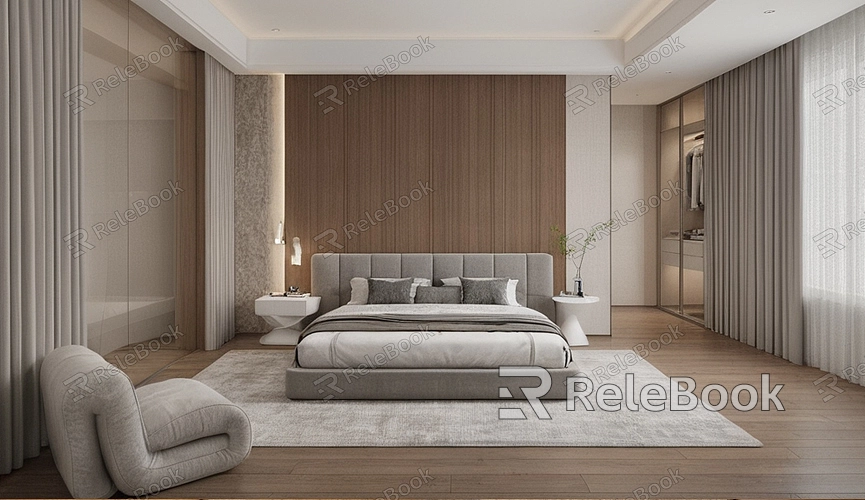How to Combine 2 3D Models?
Combining 3D models is a crucial step in the design process, allowing multiple models to merge into a cohesive piece, enhancing both visual appeal and functionality. Whether you’re a designer, developer, or a 3D modeling enthusiast, mastering the art of combining two 3D models is essential. This article will guide you through the steps and techniques for effectively combining two 3D models, helping you enhance your 3D modeling skills and outcomes.

Determine Model Compatibility
Before you begin combining two 3D models, it’s important to ensure that they are compatible in design. This includes checking their size, proportions, and detail levels. If there’s a significant difference between the models, you may need to adjust one or both of them to ensure they fit together well. For instance, if one model is a complex character and the other is a simple object, you might need to simplify the character model or enhance the object model to ensure a natural and cohesive combination.
Use 3D Modeling Software
To combine two 3D models, you’ll need to use appropriate 3D modeling software. Popular choices include Blender, 3ds Max, and Maya. These tools offer powerful features to import, edit, and merge models. In the software, you can bring both models into the same workspace, adjust their positions, and scale as needed. Most software includes features for splitting and merging models, which are essential for detailed work and model integration.

Adjust Model Positioning
After importing the models, the next step is to adjust their positioning. By moving, rotating, and scaling the models, you can place them correctly together. This step is crucial, as improper positioning may result in unnatural gaps or overlaps between the models, affecting the outcome. During adjustment, you can use alignment tools and guides provided by the software to ensure accurate placement.
Merge and Repair the Models
Once the models are properly positioned, you need to merge them. This usually involves combining the geometries of the two models within the 3D modeling software. After merging, you may find gaps or mismatches between the models. Use repair tools such as Boolean operations and smoothing tools to address these issues. Ensure that the surfaces of the models are smooth and seamlessly connected for a polished final result.
Optimize Model Details
After merging the models, you may encounter some issues with detail, such as incorrect texture mapping or insufficient surface smoothness. To improve the visual appeal, optimize the model details. This includes adjusting textures, applying appropriate materials, and configuring lighting to meet design specifications. Use the software’s texture mapping tools and material editors to refine the model’s appearance, making it more realistic and cohesive.
Check and Test the Combined Model
The final step is to check and test the combined model’s effect. Utilize the rendering feature to view the model’s final appearance and make adjustments as needed. Test the model under various lighting conditions and viewpoints to ensure it meets design goals. If any issues arise, revisit previous steps to make corrections until the model achieves the desired quality.
Combining two 3D models is a complex yet essential process that requires careful adjustment and optimization. By ensuring model compatibility, using the right software tools, positioning models accurately, merging and repairing them, optimizing details, and testing the final result, you can create high-quality 3D work. Mastering these steps will enhance your design projects. For high-quality 3D models and texture resources, visit Relebook’s website to download the materials you need and elevate your design outcomes.
FAQ
How do I handle gaps between models?
Gaps between models can be resolved using Boolean operations. You can merge the geometries of the models to fill in the gaps. If gaps persist, use repair tools for further adjustment and filling.
How can I maintain good texture quality after combining models?
To maintain texture quality, readjust texture mapping after combining models. Use the 3D modeling software’s texture editing tools to ensure textures align properly with the model’s surface and check their performance under different lighting conditions.
What should I do if there’s a significant size difference between the models?
If there’s a significant size difference, adjust the scale of the models before combining them. Resize the models to appropriate proportions to ensure they merge naturally.
How can I ensure compatibility between models in different software?
To ensure compatibility, use universal file formats like OBJ or FBX, which are supported by most 3D modeling software. Additionally, check model settings during import to ensure all textures and material information are correctly loaded.

